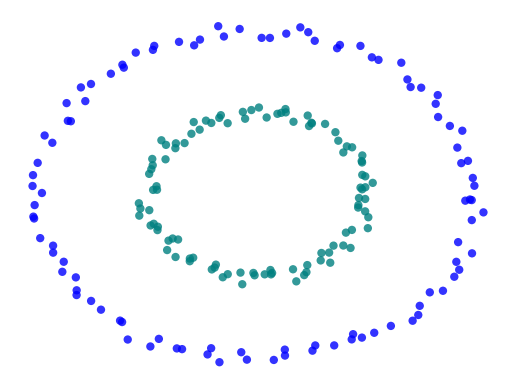The RFM (Recency, Frequency, Monetary) model, with its simplicity and ease of implementation, remains a great tool for customer relationship management, offering valuable insights into customer behaviour.
Building on the groundwork from my previous article “How to Create an RFM Model in BigQuery”, in this article, we will explore ways of improving the model.
Here’s what we’ll cover in this article:
So, you’ve got your RFM model up and running in BigQuery, sorting your customers into groups like Champions, Potential Loyalists, At Risk of Losing and so on. It’s a great start, but we can kick it up a notch.
While breaking down your customers into these groups tells a nice story, adding what I like to call a Customer Score can reinforce the model with a single, intuitive metric.
Why and What is a Customer Score?
Think back to the last time you decided to buy a mobile phone. There are tons of options out there, and trying to figure out which one has the best camera, battery life, or screen while also within your budget can feel like too much.
That’s where tech review sites come in handy. Take DxOMark or benchmarks.ul for example. They break down all those complicated rankings into simple scores.
It makes comparing smartphones nice and easy without having to get into the nitty-gritty of how those scores came about.
This is pretty much what the Customer Score is. Just like those handy scores make picking a phone easier, the Customer Score simplifies understanding your customers by boiling down all their actions into one easy-to-get number.



